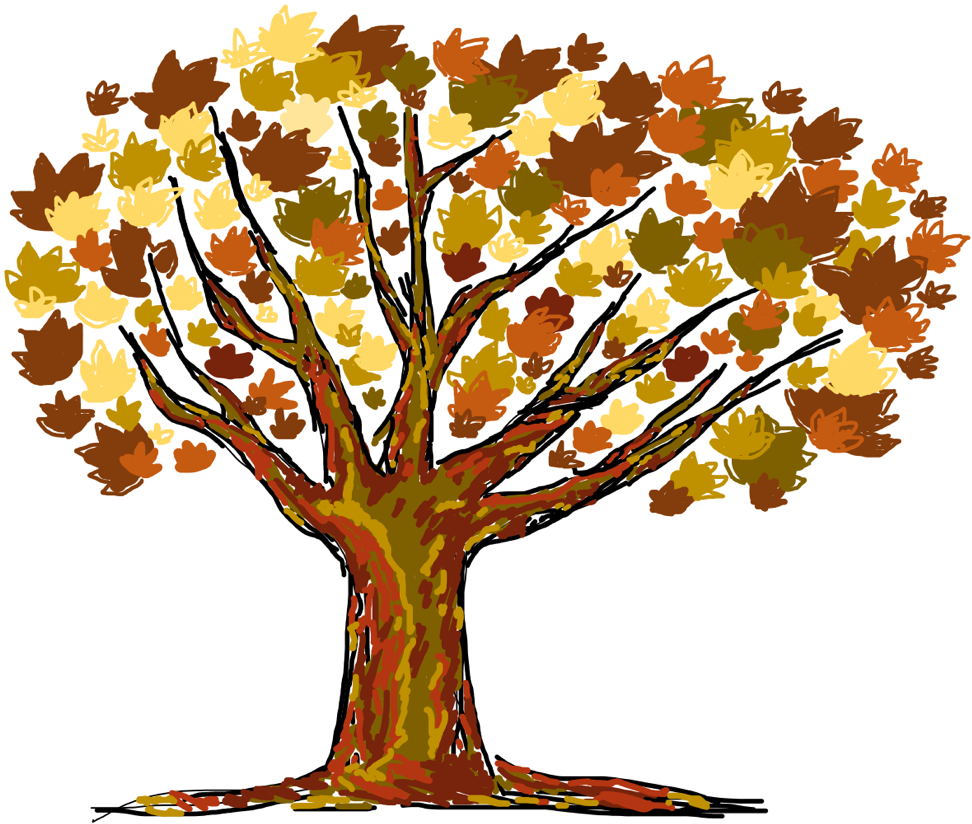Weaving Identities: Experiences of Bereavement Among Chinese Immigrants in Calgary
Abstract
The loss of a loved one is one of the most stressful event experienced by older adults or young children (Holmes & Rahe, 1967; Lin, Sandler, Ayers, Wolchik, & Luecken, 2004). Bereavement adjustment is more challenging for certain populations, for example older immigrants, due to social factors such as social isolation and migratory stress (Lai & Chau, 2007). However, literature on this topic is sparse. To fill this gap, I adopted a phenomenological approach to explore the lived experiences of spousal bereavement among older Chinese immigrants living in Calgary. My own bereavement related to the loss of my father as a young child and witnessing my mother’s grief since then allowed me to reflect on my family’s loss in relation to the experiences of study participants. Also, our shared identity, as newcomers from China provided me with an insider’s perspective of how migration and Chinese cultural factors played an important role on participants’ bereavement adjustment. This article includes research findings interwoven with my own grief and immigration experiences. With the data drawn from 12 in-depth interviews with older Chinese immigrants, we shared grief that was long-lasting and expressed in private, with using certain rituals. Family and ethno-cultural communities were unable to directly help participants in coping with their spousal loss. Further, both participants’ and myself migratory grief contributed to vulnerability to mental heath issues, a fact which necessitates culturally appropriate bereavement supports and family/community involvement.
Downloads
References
Casado, B. L., Hong, M., & Harrington, D. (2010). Measuring migratory grief and loss associated with the experience of immigration. Research on Social Work Practice, 20(6), 611-620.
Holmes, T. H., & Rahe, R. H. (1967). The social readjustment rating scale. Journal of Psychosomatic Research, 11(2), 213-218.
Jiang, X. (2005). From folk worship to psychoanalysis - the process of grief after loss. Chinese Mental Health Journal, 19(8), 569-571.
Lai, D. W., & Chau, S. B. (2007). Effects of service barriers on health status of older Chinese immigrants in Canada. Social Work, 52(3), 261-269.
Lin, K. K., Sandler, I. N., Ayers, T. S., Wolchik, S. A., & Luecken, L. J. (2004). Resilience in parentally bereaved children and adolescents seeking preventive services. Journal of Clinical Child and Adolescent Psychology, 33(4), 673-683.
Martin-Matthews, A., Tong, C. E., Rosenthal, C. J., & McDonald, L. (2013). Ethno-cultural diversity in the experience of widowhood in later life: Chinese widows in Canada. Journal of Aging Studies, 27(4), 507-518.
Prigerson, H. G., Horowitz, M. J., Jacobs, S. C., Parkes, C. M., Aslan, M., Goodkin, K., ... & Bonanno, G. (2009). Prolonged grief disorder: Psychometric validation of criteria proposed for DSM-V and ICD-11. PLoS Medicine, 6(8), e1000121.
Saito, C. (2013). Bereavement and meaning reconstruction among Japanese immigrant widows: Living with grief in a place of marginality and liminality in the United States. Pastoral Psychology, 63(1), 39-55.
Yick, A. G., & Gupta, R. (2002). Chinese cultural dimensions of death, dying, and bereavement: Focus group findings. Journal of Cultural Diversity, 9(2), 32+.
Zisook, S., & Shear, K. (2009). Grief and bereavement: what psychiatrists need to know. World Psychiatry, 8(2), 67-74.
Downloads
Published
How to Cite
Issue
Section
License
Authors retain copyright of their papers, including publishing and commercial rights. Attribution should be given to EPIGREP when publishing a previously published article in another venue, including personal websites and blogs.
Copyright information for readers can be found here: http://creativecommons.org/licenses/by-nc-nd/4.0


